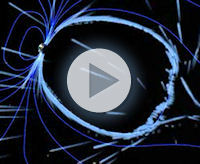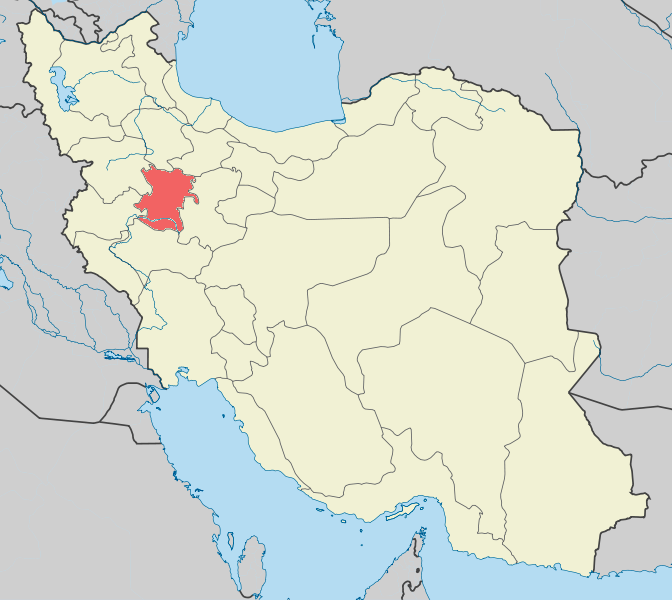
Very massive stars live fast and die young. Some of these stellar beacons have such intense radiation passing through their thick atmospheres late in their lives that they shed material into space many millions of times more quickly than relatively sedate stars such as the Sun.
These rare, very hot and massive objects are known as Wolf-Rayet stars, after the two French astronomers who first identified them in the mid-nineteenth century, and one of the most massive ones yet measured is known as WR 22.








